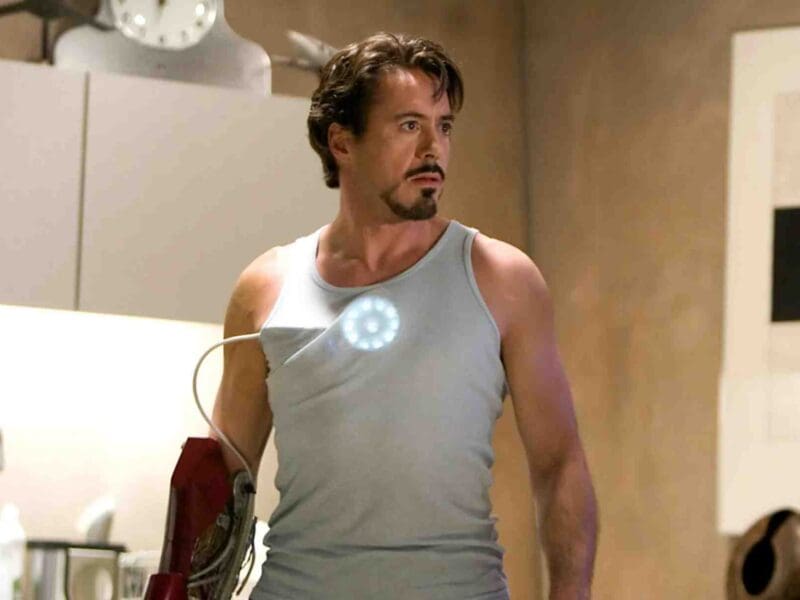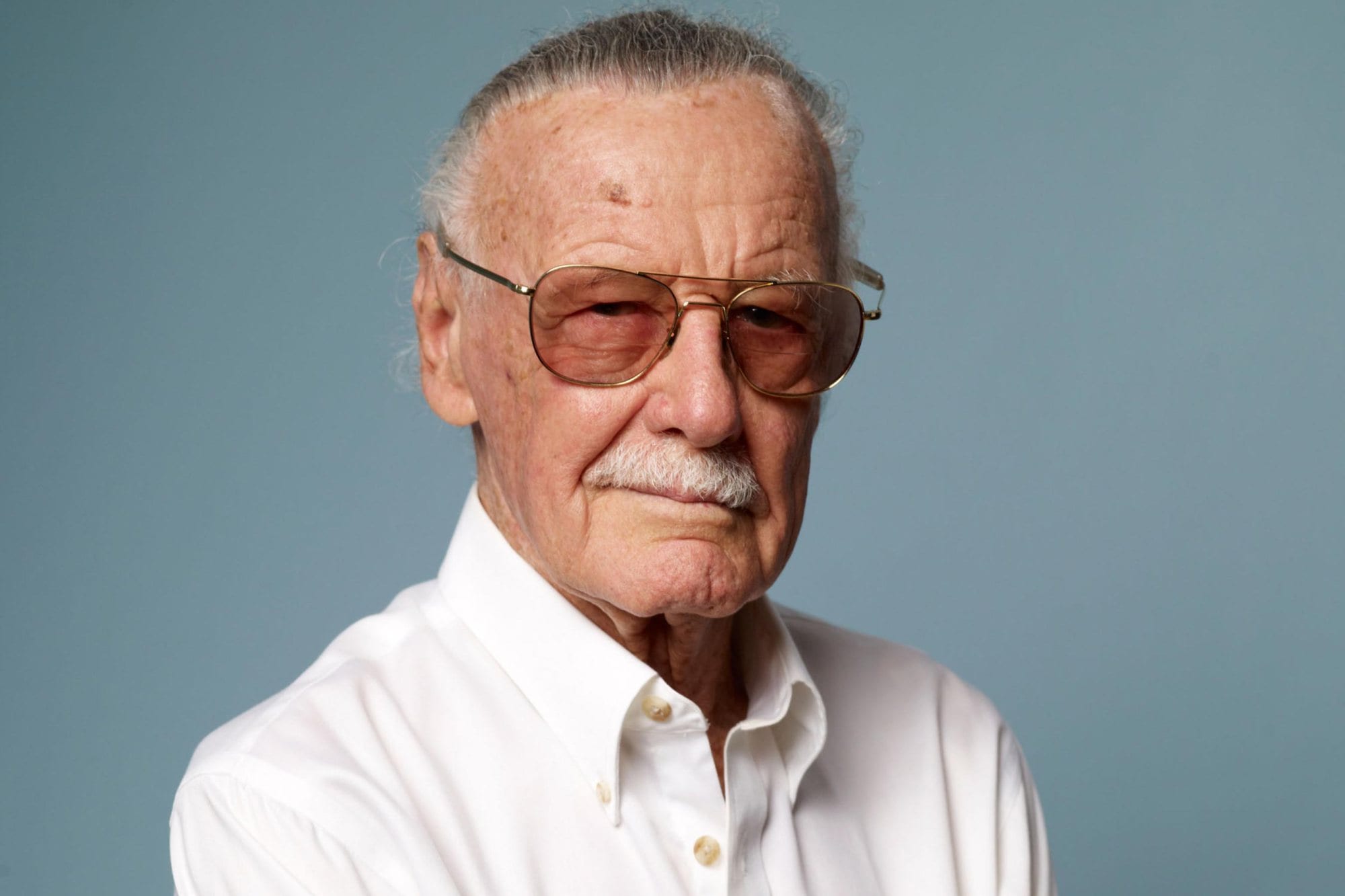
RIP Marvel’s Stan Lee: The real-life superhero of diversity
Avengers: End Game sparked the end of an era for the Marvel franchise, 10+ years and 22 movies on. Not only has the Infinity Saga ended, but we’re also saying a final goodbye to Stan Lee, who made his last cameo in the superhero film following his death at the ripe, productive age of 95 last year.
We thought it high time to celebrate the life of our true superhero of diversity: Stan Lee, the visionary Marvel boss who changed cinema as we know it. We won’t spoil it, but we warn you to take plenty of tissues to your screening of Avengers: End Game – Stan Lee’s final cameo had us bawling in the aisles.
With as much acclaim as some of the characters he brought to life, the former Marvel Comics president helped usher in a new era of superhero storytelling with heroes such as Black Panther, Spider-Man, the X-Men, the Mighty Thor, Iron Man, the Fantastic Four, the Incredible Hulk, Daredevil, Ant-Man, and countless others.

Lee was a visionary who pumped life into the comic book industry during the early 60s by building characters with emotional depth to match their action-packed adventures. Without him, Marvel would look very different today – as would the genre overall.
Leaving behind a legacy that has seen the birth of the ever-growing Marvel Cinematic Universe, Lee will always be remembered for providing both young and old with entertainment, action, and escapism, but also comfort, friendship, and strength.
By presenting superheroes as real people with real problems, Lee takes a fair slice of the credit for making Marvel the most popular comic book franchise in the world.
“Stan Lee’s approach was revolutionary,” explained USA Today. “Peter Parker was an angst-filled teenage science student when he was a bitten by a radioactive spider. After that, he could climb walls, but bullying and girl problems could not be solved with super-strength.”
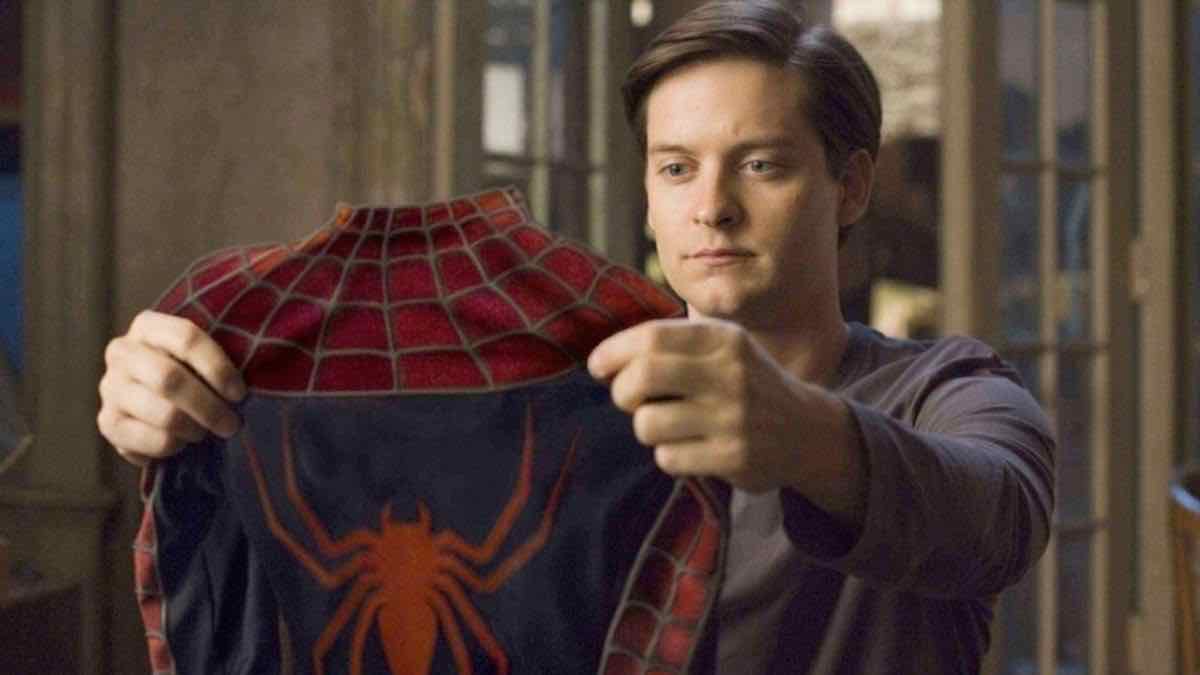
But even more importantly, Lee was a revolutionary when it came to diversity and representation. Abolishing stereotypes with characters who kicked butt, he was committed to giving everyone a voice and showing his millions of followers that heroes and role models come in all forms.
Marvel isn’t perfect – it’s made its mistakes over the years – but Lee has never faltered in his fight to break down barriers with his relatable characters. Let’s take a walk through some of his finest comic book moments to honor his life and remind ourselves why Stan Lee was a legend in his own right.

Bringing life to Black Panther
Let’s dive straight in with the one and only T’Challa a.k.a. Black Panther.
Not only does Lee’s creation see a noble African character who fought for justice and defied all stereotypes, but he – along with co-creator Jack Kirby – actually brought the first-ever mainstream black superhero to life back in 1966, a few months before the Black Panther Party was founded (although the same social changes inspired both the political movement and fictional king of Wakanda.)
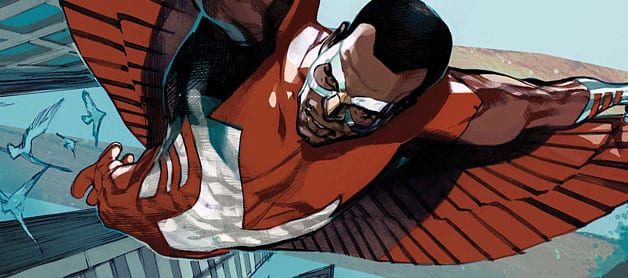
Then in 1969, Lee introduced Sam Wilson as Captain America’s partner, The Falcon, the first African-American superhero on the circuit. “It wasn’t a huge deal to me. It was a very normal natural thing,” explained Lee. “A good many of our people here in America are not white. You’ve got to recognize that and you’ve got to include them in whatever you do.”
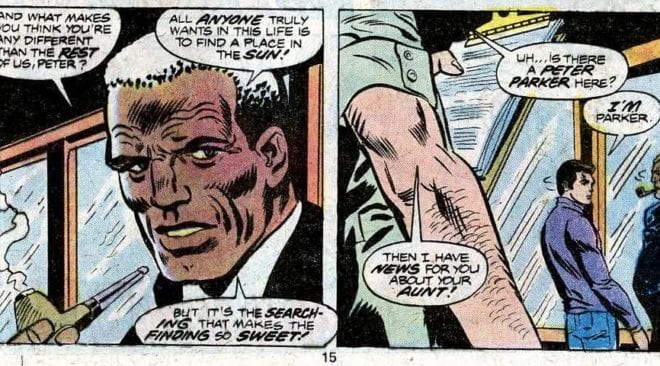
Let’s take a minute to appreciate Robbie Robertson
Alongside John Romita Sr., Lee introduced Robbie Robertson to the world back in 1967 as part of the Spider-Man series. What made him stand out was that he was one of the first black characters in comics to play a serious supporting role, rather than act as comic relief, emerging as a wise and highly respected editor who had an important impact on Peter Parker’s life as a journalist and as Spider-Man.
As pointed out by Pop Optiq, Robbie never felt like a tacked-on character for the sake of adding diversity to a heavily white comic book industry. “Robbie represents a voice of reason, of awareness for others, and of not judging people on the surface . . . . Without Robbie’s guidance and approval of Peter as a photographer/superhero, Spider-Man would be a vastly different individual.”

Black Widow and the women of Marvel
Lee also helped to craft strong female characters who, at a time when female oppression was a heavily debated topic, showed that the women could kick just as much ass as the men. And when it came to the female villains, they could be equally despicable too.
One of Lee’s anti-hero achievements was the creation of Black Widow, whom he transformed into Natasha Romanova – a sniper, martial arts expert, and all-around badass. Starting off as the antagonist to Iron Man, Black Widow went on to be an agent of S.H.I.E.L.D. and member of the superhero team The Avengers.
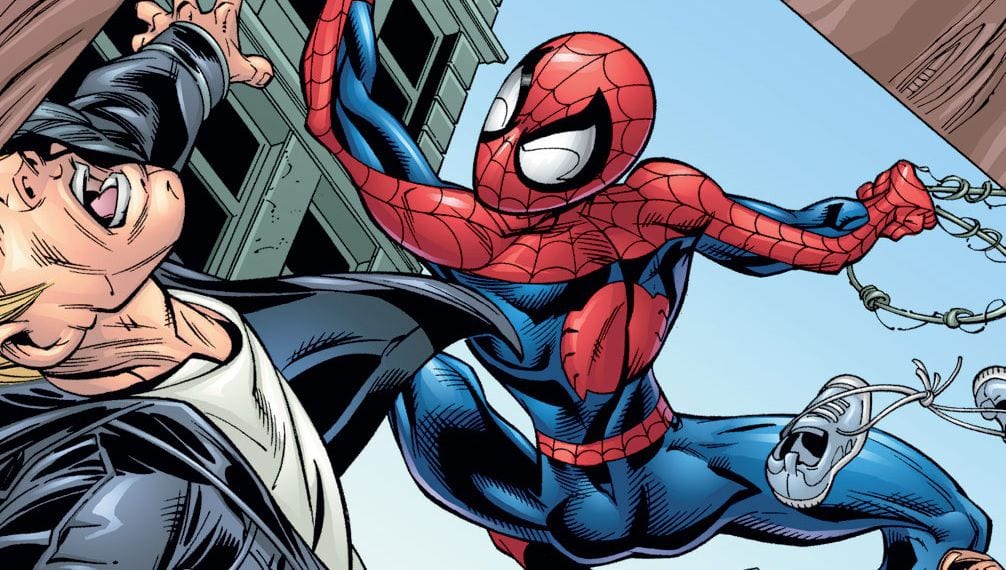
Spider-Man is every man (or woman)
Although Peter Parker is depicted as white, Lee made a point that his superhero form could be any ethnicity, gender, or social background. As Lee himself one said: “One of the great things about Spider-Man is that his body is totally covered by his costume, so a black kid or a Latino or an Asian, it doesn’t matter what color your skin is, you could be Spider-Man.”

The powerful warrior Wyatt Wingfoot
In 1966, shortly before the introduction of Black Panther, Lee and Kirby added Wyatt Wingfoot to Marvel’s pantheon – one of the first Native-American characters in the industry. Although he possessed no superpowers, Wingfoot was an ally to the Fantastic Four and an excellent athlete, marksman, hand-to-hand fighter, tracker, and animal trainer.
The pair wanted Marvel to reflect the real world, so they filled pages with characters who eschewed stereotypes by demonstrating that anyone could be a hero, superpowers or no.

It’s okay to be different
Lee wanted people to learn through his comic books that it’s okay to be different, and one of the ways he did so was to present superheroes with disabilities. Think about it: Daredevil is blind! Iron Man has a heart condition! Professor X is confined to a wheelchair!
“You notice something similar about all these heroes?” asked comic book fan and disability advocate, Alexander Frazier. “They’re all Marvel characters. DC characters are perfect and invincible and [Lee] wanted characters with human flaws. (I am not using ‘flaws’ as a derogatory term here, but a literary device.)”
From the beginning, Lee strived to make relatable characters, and crafting superheroes with disabilities contributed to this.

The X-Men – Anti-bigotry team
The X-Men were more than just superheroes. As a group of wonderfully diverse characters, it was later revealed that they were inspired by the civil rights movement; the philosophical dichotomy of Martin Luther King Jr. and Malcolm X influenced pacifist Professor X and militant Holocaust survivor Magneto.
When asked about the team, Lee said: “I wanted them to be diverse. The whole underlying principle of the X-Men was to try to be an anti-bigotry story to show there’s good in every person.”
Heaven just gained a superhero
“Those stories have room for everyone, regardless of their race, gender, religion, or color of their skin. The only things we don’t have have room for are hatred, intolerance, and bigotry.”
You rock, Stan Lee. RIP.






